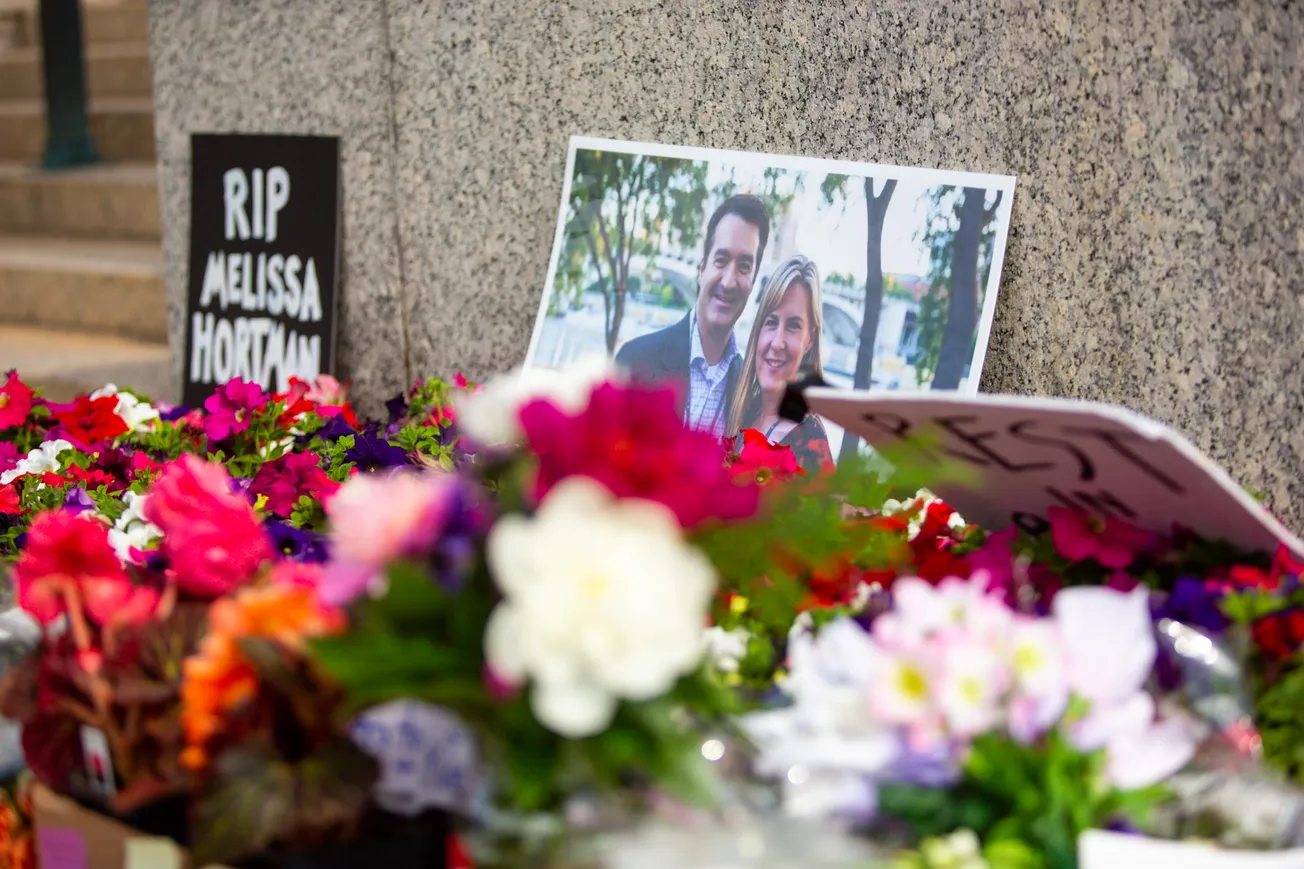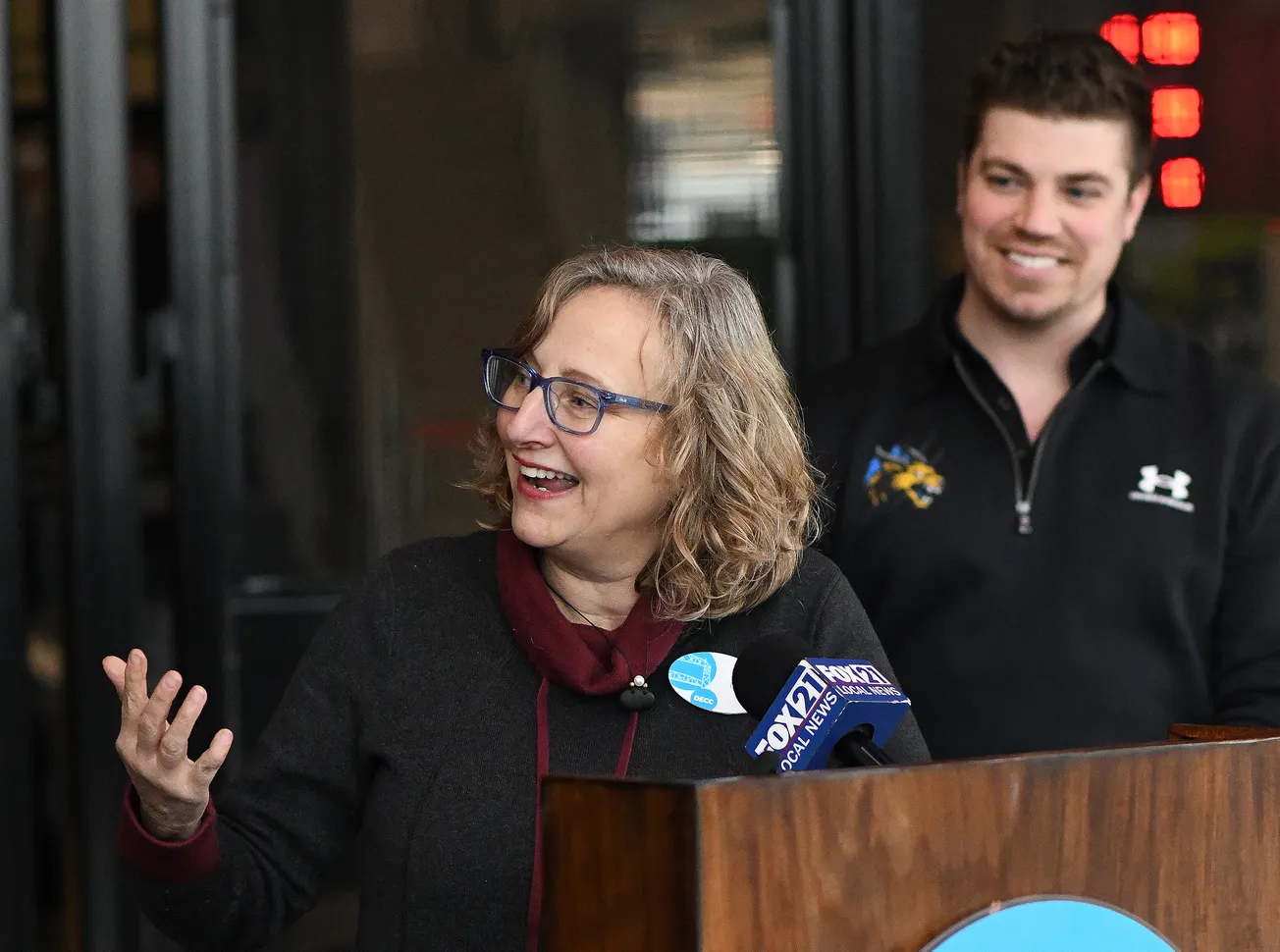By Madison McVan
The Minnesota House passed a housing budget bill Tuesday, featuring funding boosts for homelessness prevention and affordable housing development, plus $100 million in bonds for financing housing developments statewide.
But the Senate’s housing budget, which passed the chamber last week, is about $62 million smaller than the House version and it doesn’t include bonds.
The details must be hashed out in conference committee and re-approved by both chambers before the legislative session adjourns on May 19.
Neither the budget bill nor a housing policy bill that passed Thursday includes the sweeping zoning reforms proposed by a bipartisan coalition of advocacy groups and lawmakers, including all housing committee leaders. Those bills would have allowed apartments in areas currently zoned for commercial use; legalized duplexes on every residential lot in the state; required municipalities to allow higher-density development along transit corridors; and barred city governments from requiring builders to use certain materials, colors or designs.
Supporters of those bills argue that they would encourage the construction of more housing, alleviating Minnesota’s housing shortage and lowering prices.
The outlook is bleak for those bills, as city governments and their lobbyists oppose any legislation that rolls back local control over zoning.
In floor discussion of the budget bill, housing leaders said the budget doesn’t go far enough in addressing the shortage.
“I’m a little disappointed,” said Rep. Jim Nash, R-Waconia, a member of the housing committee and the coalition pushing for zoning reforms. Regulatory reform is needed to make a major dent in the housing crisis, he said.
The “Yes to Homes” coalition got one minor win: the House budget bill instructs the Minnesota Housing Finance Agency to prioritize developments in communities that have zoning rules that make it easier to build multifamily homes, allow smaller homes and don’t require certain materials or designs.
Funding for homelessness prevention
The House housing budget contains significantly more funding than the Senate version for a homelessness prevention program.
The Family Homelessness Prevention and Assistance Program, or FHPAP, provides emergency assistance to families that are at risk of homelessness, or who have already lost their housing.
Lawmakers have allocated between $7 and $10 million per year to the program between 2014 and 2023; during the 2023 legislative session, lawmakers directed $120 million to the FHPAP for 2024 and 2025. The House budget would give the program $50 million in 2026 and 2027; the Senate budget allocates $30 million.
Jenny Larson, executive director of Three Rivers Community Action, which manages FHPAP in several southern Minnesota counties, said despite state investments, the program is already oversubscribed. Her agency opens up a round of funding every quarter, and they are never able to help all of the families in need, Larson said.
Brooklyn Park resident Ta-Metta Gaines, who lives in the embattled Huntington Place apartments, works as a customer service representative for a health care company. She fell behind on rent while dealing with medical issues, she said, and she’s looking for a new place to live as Huntington Place’s future is in limbo.
When she became homeless after her landlord died, FHPAP helped her come up with a security deposit and first month’s rent to move into a new apartment. Now, FHPAP is helping her get caught up on past-due rent, and covering some of the cost of relocating, Gaines said.
“I’m just imagining what type of things can actually go on if they remove those funds, and how many people will be destitute,” Gaines said.
Bonding
While the House housing budget authorizes the Minnesota Housing Finance Agency to issue $100 million in bonds to finance housing projects, lawmakers and Gov. Tim Walz have not agreed on targets for a bonding bill.
Bonds are a tool governments use to finance infrastructure projects, including housing. Bonding bills require a 60% majority to pass the Legislature, so they require robust bipartisan support.
Walz and lawmakers on both sides of the aisle say they want to pass a bonding bill this session, in addition to the regular two-year budget. If the parties can’t make a deal on bonding — as was the case last year — the bonding in the housing budget is likely to be eliminated in conference committee.
Minnesota Reformer is part of States Newsroom, a nonprofit news network supported by grants and a coalition of donors as a 501c(3) public charity. Minnesota Reformer maintains editorial independence. Contact Editor J. Patrick Coolican for questions: info@minnesotareformer.com.




